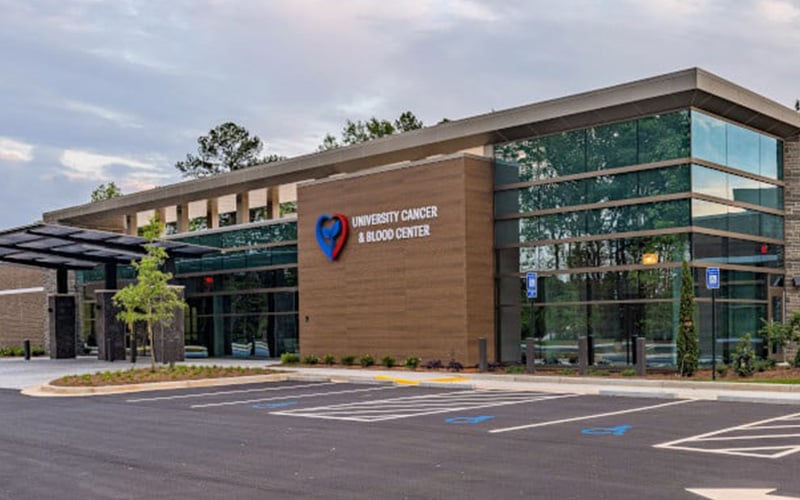As we discussed in our previous post about prostate cancer, regular screening and your own alertness for common symptoms can lead to earlier detection of prostate cancer, when it’s easier to treat.
Prostate cancer has several treatment options, but identifying the stage of prostate cancer may be one of the most important factors informing treatment decisions. Cancer stages are determined based on the extent of the spread, present levels of prostate-specific antigen (PSA), and the Gleason score, which predicts how aggressive the cancer may be.
When prostate cancer hasn’t spread beyond the prostate (stages I to III), other risk groups will be used to guide treatment options. These risk groups are determined based on the factors identified in the previous post, results from the prostate biopsy, and how far the tumor has grown. Here’s a closer look at some of the ways in which prostate cancer may be treated, depending on your risk group.
Active Surveillance/Watchful Waiting
Not all men who have prostate cancer need immediate treatment. If the cancer is expected to grow slowly, is isolated to the prostate, and hasn’t caused any symptoms, doctors sometimes recommend active surveillance. This strategy involves monitoring prostate-specific antigen (PSA) levels and performing digital rectal exams at specific intervals.
Watchful waiting may also be used in men with a life expectancy of less than 10 years, including elderly individuals. Because prostate cancer can grow slowly, in these cases, treatment may not be pursued unless symptoms develop.
For men in higher risk groups, one or more of the following treatment options may be recommended.
Surgery
A radical prostatectomy is a common option for treating prostate cancer that hasn’t spread. In recent years, laparoscopic — or robotically assisted — surgery has become a standard treatment method. This procedure involves smaller incisions than open surgery. But regardless of which surgical method is used, a prostatectomy requires a significant healing process, including the installation of a catheter to drain the urine for up to two weeks, as well as physical therapy to rebuild the pelvic floor muscles.
Depending on the pathology results following the procedure, additional therapies may also be used.
Radiation Therapy
When prostate cancer has penetrated through the connective tissue or PSA levels rise after surgery, radiation therapy may be recommended. The treatment can either be performed via an external beam generated by a machine that moves around the body, or by placing radiation inside the body with rice-sized seeds in a process known as brachytherapy. In some cases, radiation may be used instead of a prostatectomy.
Hormone Therapy
Testosterone fuels the growth of prostate cancer cells. Hormone therapy works by either stopping the body from making testosterone or blocking testosterone from reaching cancer cells. Both of these therapies can shrink cancer and slow its growth, and may be used before radiation to produce even more effective results.
Other treatment options for prostate cancer could include:
- Cryotherapy (to freeze prostate tissue)
- Chemotherapy (to kill rapidly growing cells)
- Immunotherapy (to boost the immune system’s ability to fight the disease)
Innovations in Prostate Cancer Treatment
In addition to the treatments above, patients with certain types of prostate cancer may be able to discuss the following developing treatment options with their care team.
Proton Therapy
Traditional radiation delivers X-rays to the tumor, while proton radiation therapy delivers a beam that stops at the tumor, making it less likely to damage surrounding tissue. This type of treatment tends to be more expensive, and research on its efficacy is still limited, but early findings suggest the treatment may lead to less intense side effects than traditional radiation.
Prostate-Specific Membrane Antigen
If your prostate cancer has not responded to conventional therapies, a revolutionary breakthrough in radiopharmacology may offer new hope. University Cancer & Blood Center is pioneering a recently approved new treatment for advanced prostate cancer that tests positive for prostate-specific membrane antigen (PSMA). A pair of new drugs seeks out and binds to PSMA-positive cells, then delivers therapeutic radiation directly to the cancer, for highly targeted treatment that spares surrounding tissues. University Cancer & Blood Center is one of the first in the nation cleared to provide this FDA-approved treatment.
For personalized, cutting-edge prostate cancer treatments, turn to the expert oncologists at UCBC for compassionate, comprehensive care. Find out more about our treatment options online or by calling 706-548-0500.



















